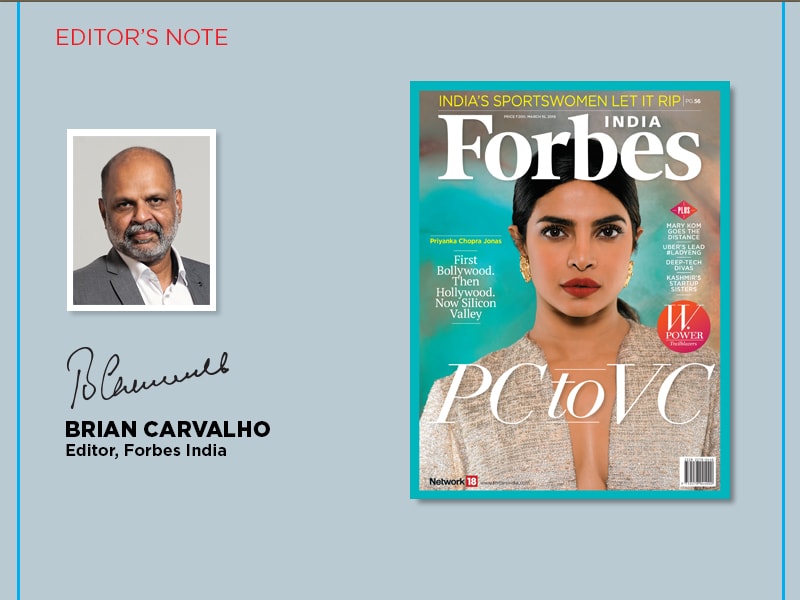W-Power Trailblazers: Miss representation
We recognise our heroes only when they win, not when they're getting ready to

Underrepresentation, exclusion and trivialisation are realities women have to grapple with in virtually every sphere of life, and one arena in which such gender inequality is stark is sports. And the coverage of it. Sporting achievements of women are often devalued by making unfair and unfavourable comparisons with male counterparts, and a disproportionate focus on their sexuality tends to diminish their skill and performance.
In this issue of Forbes India’s W-Power Trailblazers, our team of photojournalists comprising Madhu Kapparath, Amit Verma and Mexy Xavier, with more than a little help from a pan-India network of freelancers, combed the country to tell the stories of India’s sportswomen through pictures. Each photograph tells a story, sometimes heart-warming, other times heartrending, on occasion both. For instance, girls deep in the interiors of Odisha who can’t afford shoes reserve the weekend for hockey tournaments. The winning team takes home a goat. And a picture that will stay etched in your mind is of Sowmiya and Vedika, two of India’s fencing hopefuls travelling in a crowded sleeper coach from Thiruvananthapuram on India’s southern tip to Silchar in the northeast—that’s about 3,700 km over three days, each way—to participate in the Senior National Fencing Championship in Guwahati, Assam. Well, that’s the reality of Indian sport: We recognise our heroes only when they win, not when they’re getting ready to.
Mary Kom remembers how it was before her World Championship wins and the Olympic medal: Crammed in a room of four in the peak of Delhi summer. “We would just buy glucose and drink. That would be our so-called diet,” Kom tells Kathakali Chanda. And open water swimmer Bhakti Sharma tells Kunal Purandare in ‘Turning the Tide’ how difficult it still is to get sponsorships—even after crossing the English Channel and the Strait of Gibraltar and winning the Lake Zurich Swim, one of the world’s longest swimming marathon races.
The lead story of our W-Power issue is on a woman who played Kom on the big screen. She’s a diva who’s made it to covers of film and fashion magazines for her glamour, and acting and singing chops. But that’s easily less than half of the reason for Priyanka Chopra Jonas gracing the cover of Forbes India. As evolutions go, few Indian actors—male and female—can claim to have made the transition from the local silver screen to Hollywood. But it doesn’t stop there with Chopra Jonas. After 17 years, almost 60 films and an entrepreneurial foray into production and talent promotion, she has stepped further where no Indian actor and few in Hollywood have tread: Into tech investing. “I’m a big fan of technology, of new ideas,” PC told Monica Bathija and Salil Panchal in an exclusive interview.
This is also an apt platform to introduce you to the women who power Forbes India. Look out for their bylines in the pages—and issues—to come. The issue itself is a collection of 19 stories on women from diverse fields, from sports and entertainment, to business and entrepreneurship, to politics and activism. These are women who are working towards, and creating change. As Pankti Mehta Kadakia, who anchored this package, puts it: “Very often, women in power are afraid to showcase their personalities, or, indeed, their femininity. It’s okay to demand high-level policy changes, but also to discuss your beauty routine on Instagram.” Touché.
Best,
Brian Carvalho
Editor, Forbes India
Email:Brian.Carvalho@nw18.com
Twitter id:@Brianc_Ed
(This story appears in the 15 March, 2019 issue of Forbes India. To visit our Archives, click here.)















